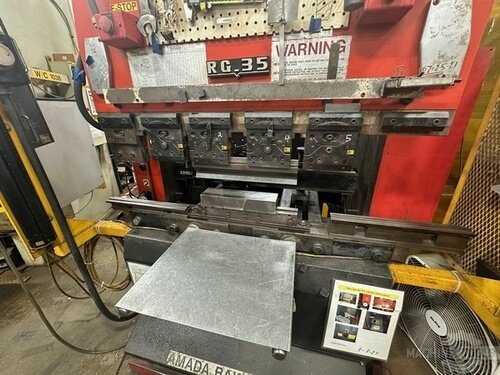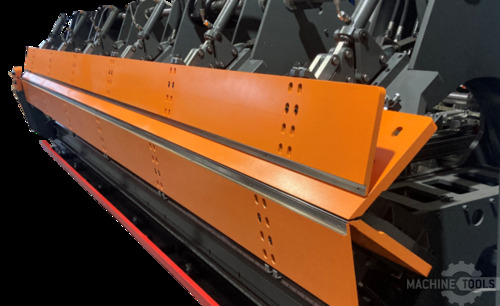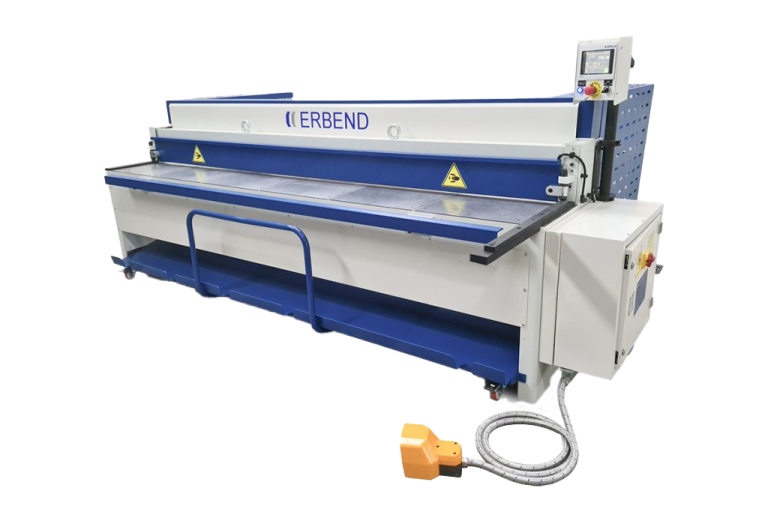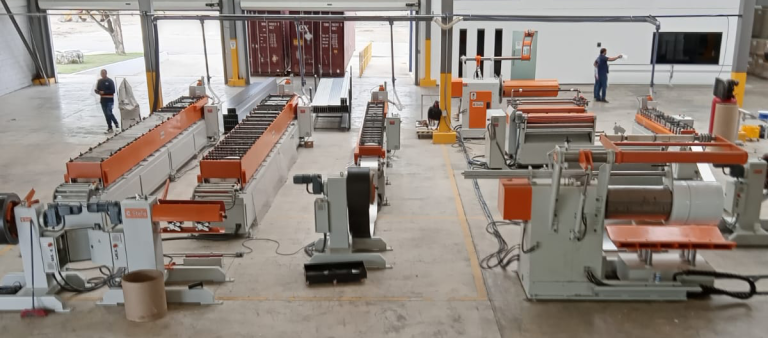Patrick O’Neill’s extensive journey from southern Chicago to his pivotal role at Mac-Tech has been defined by a steadfast commitment to customer satisfaction and innovation. With a keen understanding of the roofing and fabrication industries, Pat has dedicated his career to helping businesses enhance their production lines through strategic upgrades. His expertise lies in evaluating and implementing solutions that blend traditional craftsmanship with cutting-edge technology, ensuring that clients achieve both efficiency and flexibility in their operations.
Introduction: Leveraging CNC for Enhanced Manual Brake Flexibility
In today’s rapidly evolving manufacturing landscape, the integration of Computer Numerical Control (CNC) technology with manual brakes offers unparalleled flexibility and cost-effectiveness. Manual brakes remain indispensable for certain operations, particularly for one-off jobs and quick bends. By incorporating CNC systems, businesses can streamline processes, reduce labor costs, and achieve tighter tolerances, all while maintaining the versatility that manual equipment provides. The benefits are further amplified by Section 179 tax incentives, which make such investments more financially accessible.
Pat O’Neill’s Expertise: Transforming Coil-Fed Production Efficiency
With years of experience under his belt, Pat has transformed numerous production lines by integrating advanced CNC solutions. His role at Mac-Tech involves guiding customers through the evaluation of various machinery options, including folders, shears, slitters, decoilers, downspout roll formers, and panel benders. By tailoring solutions to meet specific needs, Pat ensures that clients can maximize their production efficiency, particularly in coil-fed operations where precision and speed are paramount.
Evaluating Machine Performance: Key Considerations for Upgrades
When contemplating machinery upgrades, it’s crucial to assess current performance metrics and future production goals. Pat emphasizes the importance of comparing machine capabilities, such as automation levels, throughput, and precision. For instance, transitioning from hydraulic to servo-driven systems can significantly enhance operational efficiency by reducing cycle times and maintenance needs. Pat’s approach involves a comprehensive analysis of these factors to recommend the most suitable upgrades for each client.
Tailoring Solutions: Meeting Slitting, Forming, and Folding Needs
Every fabrication shop has unique requirements, and Pat excels at customizing solutions to meet these diverse needs. Whether it’s optimizing a slitting line for better material utilization or enhancing a folding system for complex geometries, Pat’s expertise ensures that clients receive tailored recommendations. His focus is on delivering solutions that not only meet current demands but also offer scalability for future growth.
ERMAKSAN POWER-BEND FALCON BENDING MACHING
Maximizing Speed and Precision: The Role of CNC in Metal Fabrication
CNC technology plays a critical role in enhancing both speed and precision in metal fabrication. By automating repetitive tasks, CNC systems reduce the likelihood of human error and ensure consistent quality across production runs. Pat highlights the importance of CNC integration in achieving tighter tolerances and faster turnaround times, which are essential for maintaining a competitive edge in the market.
Conclusion: Achieving Cost-Effective Flexibility with CNC Integration
Integrating CNC technology with manual brakes offers a strategic advantage for fabrication shops looking to enhance flexibility without compromising on cost. Pat O’Neill’s expertise in evaluating and implementing these solutions ensures that businesses can achieve their production goals efficiently. By leveraging CNC systems, companies can enjoy the benefits of reduced labor, improved precision, and increased throughput, all while taking advantage of financial incentives like Section 179.
FAQ Section
When is the right time to upgrade a roll former or folder?
The right time to upgrade is when you notice increased maintenance costs, reduced efficiency, or when your production needs outgrow current capabilities. Evaluating these factors with an expert can help determine the best timing.
How do servo-driven folders compare to hydraulic systems?
Servo-driven folders offer greater precision, faster operation, and lower maintenance costs compared to hydraulic systems. They are ideal for high-volume production with tight tolerances.
What’s the difference between a combi-beam and double folder?
A combi-beam offers versatility with both folding and hemming capabilities, while a double folder provides enhanced speed and efficiency by folding in both directions without manual intervention.
What are signs a roll forming line is no longer cost-effective?
Signs include frequent breakdowns, inability to meet production demands, and excessive waste. An evaluation can help determine if an upgrade or replacement is necessary.
For a personalized walkthrough, demo, or upgrade quote, feel free to reach out. I’m here to help you navigate the best solutions for your production needs. Contact me at pat@mac-tech.com or 414-232-7929. Looking forward to assisting you in achieving your production goals!
Get Weekly Mac-Tech News & Updates








